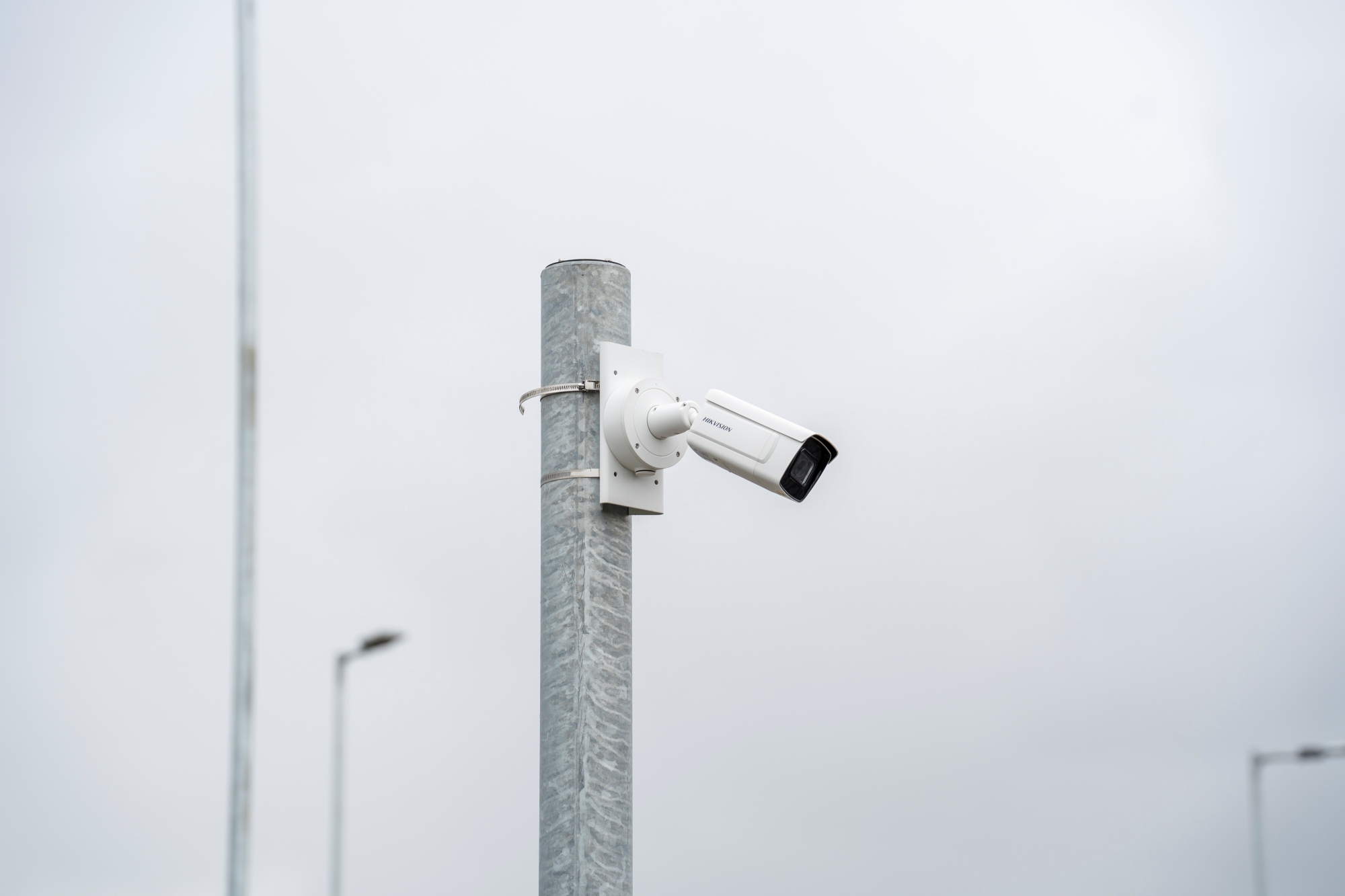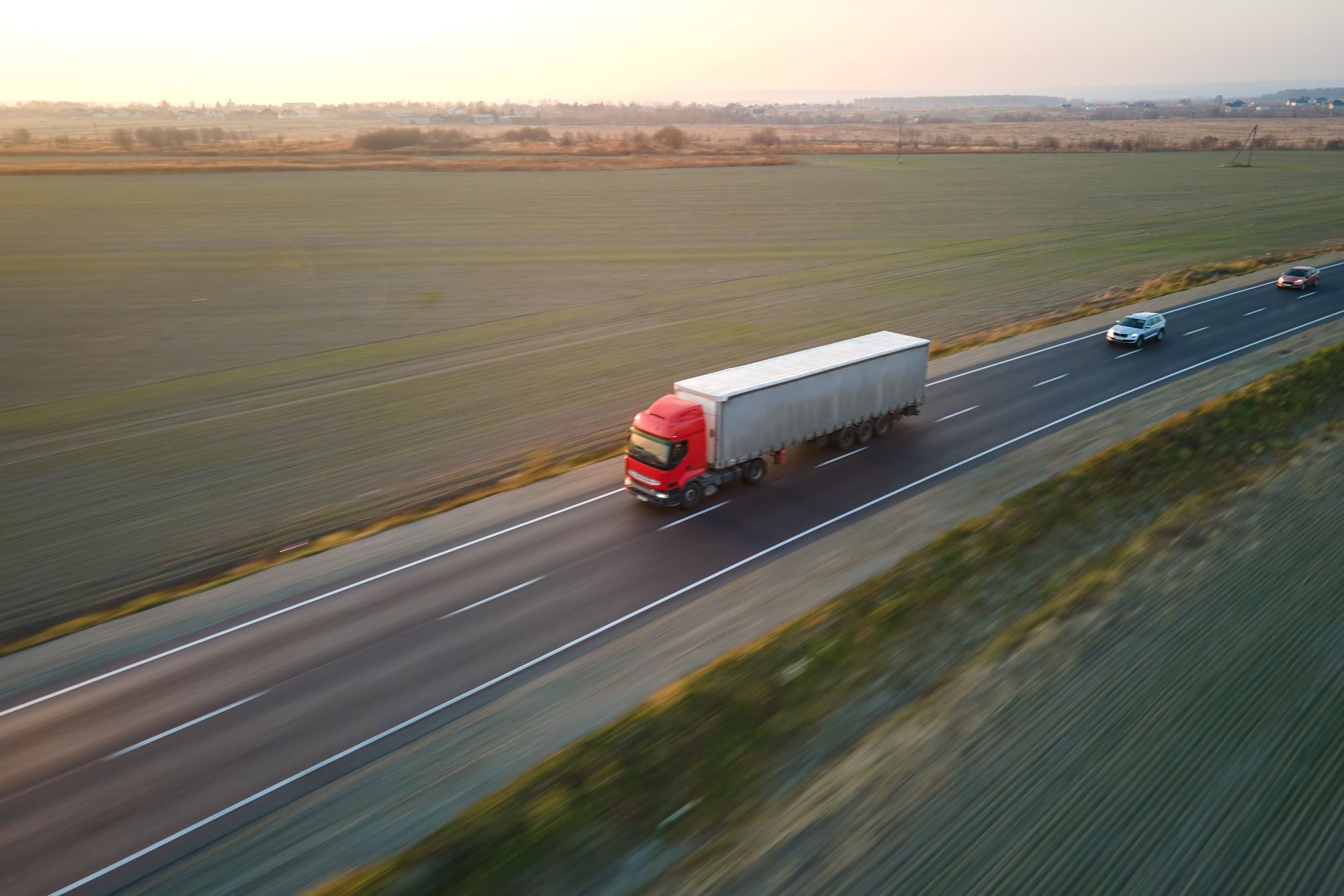
Miranda Blake
Drivers unhappy with truck stops: What’s the problem?
Created: 11/11/2024
•
Updated: 21/12/2025
A recent survey from independent watchdog, Transport Focus, found that nearly half of lorry drivers aren’t satisfied with the amount and quality of truck stops in England. They feel the latter has deteriorated in the last year too.
Here at SNAP, we have a network of truck parks offering superior services (in fact, we’ll soon be launching our own awards celebrating the best truck stops!). So, if there are plenty of great ones out there, it begs the question: why are drivers so unhappy?
A deeper dive into the problem
First, let’s take a look at what they’re not content with. Drivers are saying they don’t feel welcome and safe at every stop. On top of this, they’re unable to properly rest or enjoy a good meal. Some of the feedback included that there’s not always healthy food available or clean showers and toilets. A female driver also commented that there isn’t a shower in the women’s bathroom – meaning she had no choice but to go into the men’s to wash.
However, it’s important to point out the statistics are from those who opted to take their breaks at these rest stops, so there is likely some level of fulfilment. What’s more, the survey only asked drivers about their experience at a third of the total number of truck stops, motorway services, and those on A roads in England. Plus, there were many truck parks achieving satisfactory scores of at least 95%, with overall contentment at 86%.
So, perhaps the problem isn’t as big as it seems. Though, the industry certainly can’t ignore it – especially given what our findings uncovered.
What SNAP’s research discovered
We found that 70% of drivers chose lay-bys over service stations or truck stops, with a key reason being insufficient security. For instance, they’ve experienced the likes of having their curtains cut previously. Though, it’s worth noting that in 2023, Cambridgeshire police reported 46% of cargo theft happened in streets or lay-bys, compared to 27% at service stations – which suggests maybe drivers are putting their worry in the wrong place.
On our social media pages, over half of lorry drivers revealed that they thought the UK’s rest stops weren’t safe and secure in comparison to those in Europe. And for spaces that do have a higher level of protection, 70% have seen these full by the early evening.
Although this implies there’s an insufficient amount to meet demand, many of our sites have fantastic security. So, for those that don’t, they should consider how to improve this.

Giving truck parks the highest level of security
We provide a variety of services to better the experience all round – including our industry-leading security packages via SNAP Access & Security. From ANPR cameras and barriers to CCTV, we ensure the best protection for truck stops and therefore drivers and all fleets’ cargo.
You can learn more about SNAP Access & Security, or discover our other services (like parking and washing) here.



